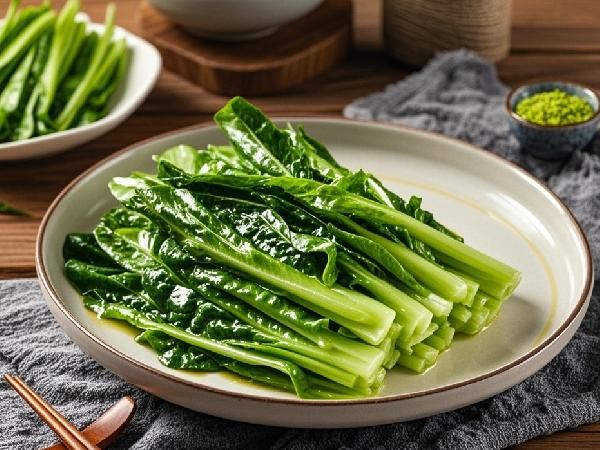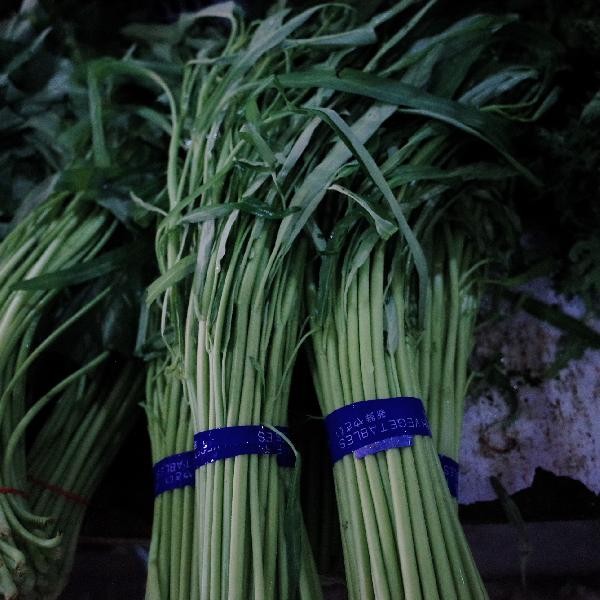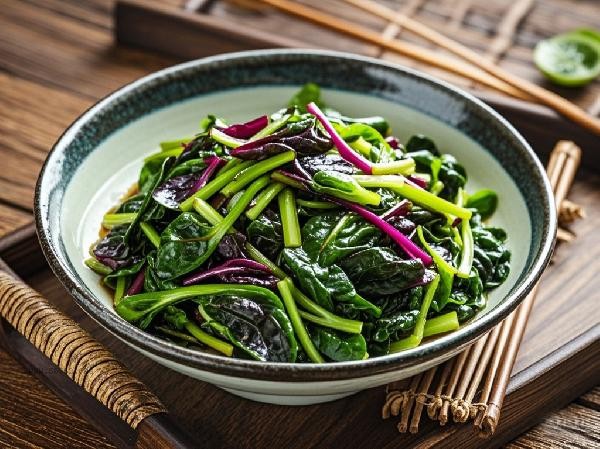Green vegetables can be kept fresh and non rotting through refrigeration, water control, packaging, light avoidance, and isolation storage.

1. Refrigerate and store
Dry the surface moisture of the cabbage, put it in a fresh-keeping bag, tie the bag tightly, and place it in the refrigerator compartment. Low temperature environment can effectively inhibit bacterial growth and delay vegetable spoilage. Be careful not to refrigerate after cleaning, as residual water droplets can easily cause leaf decay. It is recommended to control the refrigeration temperature at around 4 degrees Celsius to avoid frostbite of the leaves.
2. Water Control Treatment
After purchasing fresh Chinese cabbage, it should be spread out to dry the surface moisture, especially paying attention to the position where the stem base is prone to water accumulation. Kitchen paper can be used to absorb water droplets between dried vegetable leaves, as humid environments can accelerate the growth of mold. The handling should be gentle to avoid mechanical damage caused by rubbing.
3. Packaging and Storage
Divide large green vegetables into small portions according to the amount consumed each time to reduce oxidation caused by repeated use. You can use a fresh-keeping box with breathable holes or a food grade sealed bag, with each bag containing enough food for one meal. Removing yellowed old leaves before packaging can reduce the risk of cross contamination.

4. Store in the dark
Avoid direct sunlight and strong lighting when storing, as light can accelerate chlorophyll decomposition and cause yellowing of leaves. Suggest using opaque containers or placing them in the innermost drawer of the refrigerator. At the same time, stay away from the refrigerator lighting position to avoid photo oxidation reactions.
5. Isolation and storage
Do not mix large green vegetables with fruits such as apples and bananas that release ethylene, as ethylene can accelerate vegetable ripening and decay. It is best to store them separately in a fresh-keeping box, and if space is limited, they should also be placed in layers with other vegetables. Regularly inspect and remove leaves that have started to rot to prevent the spread of mold.

When storing large green vegetables, it is important to regularly check their condition and promptly remove any yellow leaves. Before cooking, you can soak in light salt water for ten minutes to sterilize, but it is not advisable to soak for a long time. It is recommended to consume as soon as possible after purchase, as storing for more than three days will gradually lose nutrients. During high temperatures in summer, blanching and freezing can be considered for storage, but the texture may become softer after thawing. Choose fresh large green vegetables with firm and green leaves, as they have better storage resistance. Maintaining a dry and ventilated environment during storage can effectively extend the shelf life.








Comments (0)
Leave a Comment
No comments yet
Be the first to share your thoughts!